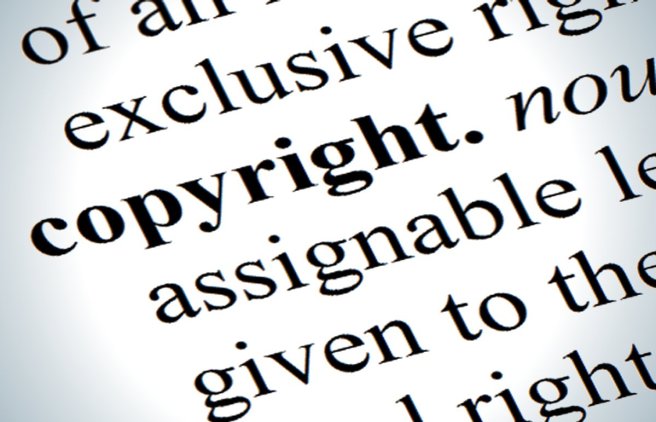Copyright is such a contentious issue, and it can really get people fired up. Designers and those who are in the needlework industry get accused of being “copyright police” when they point out that designs have been stolen, or take legal action to get illegal copies of their designs removed. Stitchers who benefit from the free/illegally sold charts (some of which are unaware they’re illegal) don’t see the problem as they figure it’s a digital copy so it’s not like you’re walking into a shop and stealing a physical object. This brief article goes into the issues behind copyright infringement, and why stitchers should care. As a disclaimer, I am not a lawyer but I have done a lot of research, and each country’s laws are slightly different.

Free cross stitch patterns
Many designers use free patterns as a way to give back to their supporters, and to encourage people to check out their paid designs. Some designers only do freebies in their designer’s communities (like a Facebook group), some do freebies on their own website, and others will freely share them on sites like Pinterest. It can be hard for stitchers to know whether the pattern is being shared legally, or whether it’s a stolen copy (either a scan from a magazine or book, or an upload of a designer’s paid pattern). A good rule of thumb is that if the pattern isn’t coming directly from the designer (from their Facebook page or group, or is linked to their website or blog), there’s a high probability it’s an illegal copy. Many sites that host “free” patterns are actually set up as a honey trap (a cyber trap) – each pattern file has been embedded with malware or spyware that gets transferred to your computer when you click on it or download it. I used to be a military intelligence officer and cyber threat analyst, this is a real threat. Nothing in the world is really for free, so you have to ask yourself why this site can offer thousands of free patterns and expect nothing from it. Obviously there are legitimate needlework companies that provide extensive collections of free patterns, such as DMC and Kreinik.
Why is copyright infringement a problem?
It can be easy to think that illegal patterns aren’t that big of a deal, as the files are digital. That’s not the case – designers can lose tens of thousands of dollars of revenue from their most popular designs being stolen. It’s also heartbreaking to the designer to see people abusing their products they’ve spent weeks and months making. I know of one UK designer who just announced she’s pulling all her patterns from online and is retiring because of the theft of her patterns, she wanted to leave the patterns for sale as a legacy for her children. She can’t do that now and is completely heartbroken, it’s like the theft of decades of hard work. Also, designers’ reputations can be damaged from illegal copies, as true customers aren’t sure if they’re getting a legal pattern or not. Copyright infringement does have a direct impact on designers and their ability to keep designing. Without designers, the industry will die.
For the stitcher, purchasing or downloading an illegal copy of a pattern means they’re possibly not getting the full pattern (such as special instructions, color keys, things the designer has included to make the pattern easier to stitch). As stated above, they could also be getting a file that’s had malware embedded into it. If the art itself has been stolen and made into a new pattern (such as an unlicensed Disney image), it’s also probably the pattern won’t stitch up well. Cross stitch software isn’t “drag and drop” in that you need to do hand alterations and have the experience to produce a high-quality pattern that stitches up well. Many illegally produced charts are simply uploaded into software and then a chart produced. So hundreds of hours of stitching are wasted on producing a subpar image, and a lot of money on floss and fabric goes down the drain.
Below is a downloadable PDF with some of the basic things you can do as a stitcher to ensure you’re getting a legal pattern. Most stitchers are aghast at the extent of copyright infringement and want to make sure they’re not inadvertently contributing to the problem. Hopefully, this article has helped you become a little more aware of the issues, and things to look out for when getting patterns (whether free or paid).
By Dana Batho
Artist and Designer @ Peacock & Fig

